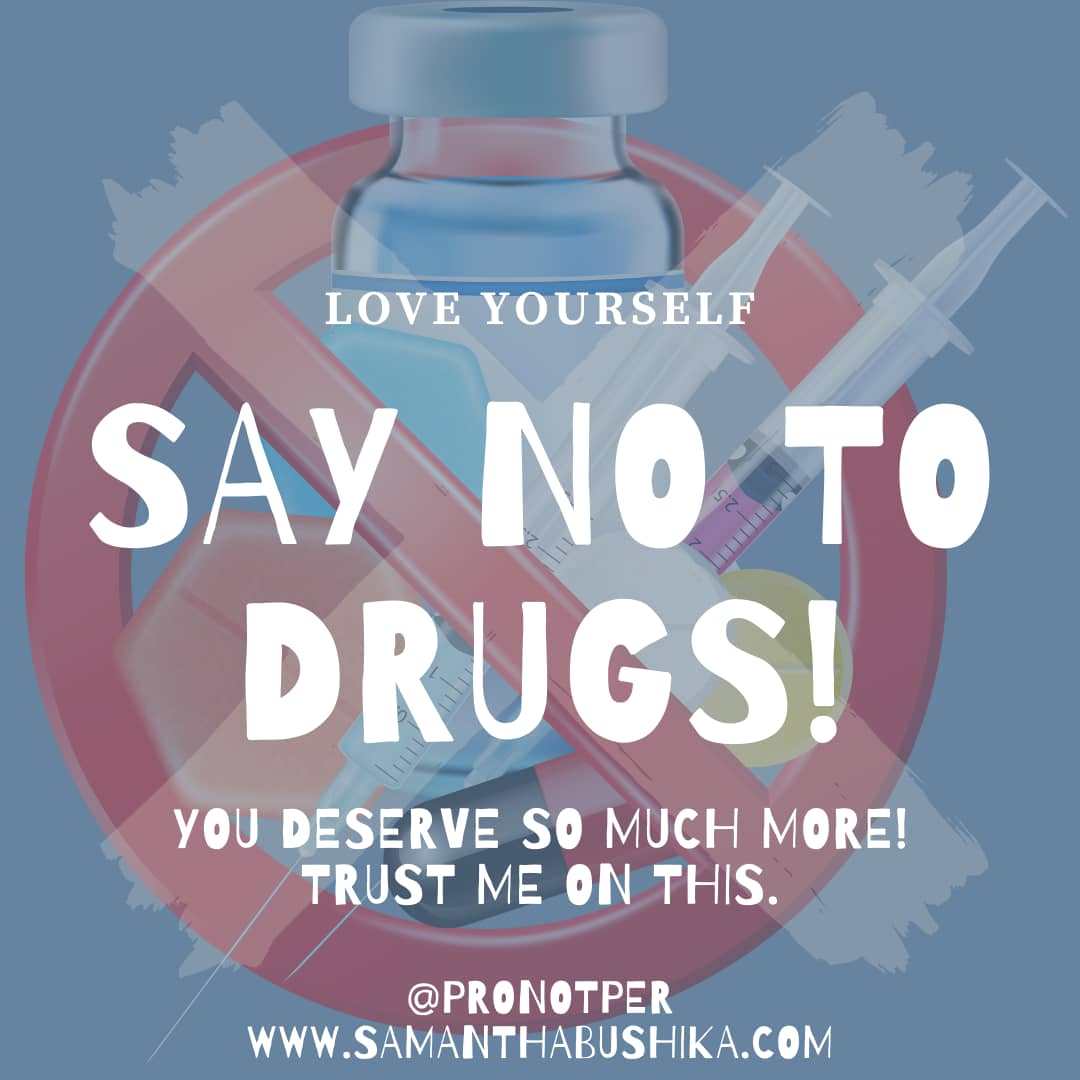
Chronic pain can be overwhelming and challenging, so many people take medications like Tramadol for relief. But what happens when you decide to quit using Tramadol? Quitting any pharmaceutical drug can be challenging, primarily if you have been using it for a long time. This article will discuss Tramadol withdrawal symptoms and how to deal with them comprehensively.
Understanding the potential side effects of quitting Tramadol can help you better prepare for what lies ahead as you go through this challenging process. We will also provide helpful tips along the way on how to cope with any withdrawal symptoms that may arise. Stay tuned to understand better Tramadol withdrawal symptoms and how to deal with them effectively.
What is Tramadol, and why is it prescribed?
The World Health Organization classified Tramadol as a synthetic opioid pain medication commonly prescribed to manage moderate to severe pain. It functions by binding to opioid receptors in both the brain and spinal cord, effectively reducing the perception of pain. This medication is frequently utilized for various conditions, including chronic pain, arthritis, and post-surgical pain. One of the advantages of Tramadol is that it is considered to have a lower potential for addiction compared to other opioids.
However, it is essential to note that, like any opioid medication, Tramadol can still be habit-forming if taken for a prolonged period. Per the World Health Organization’s guidelines, it is crucial to use Tramadol only as prescribed and under the close supervision of a qualified healthcare professional to mitigate the risk of dependence. In addition to its pain-relieving properties, Tramadol is also known to have a calming effect, which can help individuals pleasantly manage their discomfort.
Know the Risks
By adhering to the guidance provided by the World Health Organization and following a personalized treatment plan, individuals can effectively and safely manage their pain with Tramadol while minimizing the potential risks associated with opioid medications.
What are the common withdrawal symptoms of Tramadol?
Tramadol withdrawal symptoms can be distressing and uncomfortable, varying in severity and duration from person to person, depending on their medication usage. When abruptly stopping or reducing the dosage of Tramadol, the body may react with a range of physical and psychological symptoms, commonly referred to as tramadol withdrawal. Physical symptoms of Tramadol withdrawal can include nausea, vomiting, diarrhea, sweating, chills, and muscle aches.
Seek Medical Attention
These physical discomforts can leave individuals feeling drained and weak, making it difficult to carry out daily activities. Psychological symptoms such as anxiety, insomnia, and irritability can also accompany tramadol withdrawal, further adding to the distress. In severe cases, Tramadol withdrawal may even result in seizures or hallucinations, which can be alarming and potentially dangerous. This underscores the importance of seeking professional medical attention if experiencing tramadol withdrawal symptoms.
Utilize Support

It’s crucial to approach tramadol withdrawal with patience, understanding, and support. Remember that you are not alone if you or a loved one are going through tramadol withdrawal. Seeking medical guidance from a qualified healthcare professional who understands addiction and withdrawal is crucial.
They can provide personalized advice, prescribe appropriate medications to alleviate symptoms, and offer support to help you or your loved one through this challenging time. Remember, recovery is possible, and there is hope for a brighter future beyond tramadol withdrawal.
How long do tramadol withdrawal symptoms last? The symptoms of tramadol withdrawal can be distressing and uncomfortable, but it’s important to remember that they are temporary and can vary from person to person.
Physical symptoms include:
- Diarrhea
- Nausea
- Vomiting
- Muscle Aches
- Chills
- Sweating
- Sleep Disturbances
Psychological symptoms may include:
- Anxiety
- Irritability
- Mood Swings
- Depression
- Cravings
These symptoms can be challenging and may interfere with daily activities and well-being. Severe withdrawal symptoms, although rare, can also occur in some cases. These may include intense anxiety, panic attacks, hallucinations, tremors, seizures, and severe mood swings. If you or someone you know is experiencing severe withdrawal symptoms, it is crucial to seek medical attention promptly.
A healthcare professional can provide appropriate medical care and support to manage these symptoms safely. It’s important to note that the severity of withdrawal symptoms may decrease over time. As the body adjusts to the absence of Tramadol, the intensity of the symptoms may gradually lessen.
What are the treatment options for tramadol withdrawal?
The treatment options for tramadol withdrawal can vary depending on the severity of symptoms and the individual’s medical history. When managing tramadol withdrawal, it’s crucial to work closely with a healthcare professional who can tailor the treatment plan to meet the specific needs of the person going through withdrawal. One of the approaches that may be recommended is tapering off the medication slowly to minimize withdrawal symptoms.
This can involve gradually reducing the Tramadol dosage over time to allow the body to adjust and minimize the intensity of withdrawal symptoms. Tapering off Tramadol can be an effective strategy for those taking the medication for an extended period or at higher doses. In addition to tapering, other treatment options may include medications to manage specific withdrawal symptoms. For example, anti-nausea medications may be prescribed to alleviate the discomfort of nausea that can occur during tramadol withdrawal.
Don’t Quit Cold Turkey
Medications for anxiety or insomnia may also be prescribed to help individuals manage the psychological and sleep-related symptoms that can accompany tramadol withdrawal. These medications are typically used in a short-term and monitored manner, as they may have the potential for dependence if used for extended periods.
It’s important to highlight that seeking medical attention is crucial when dealing with tramadol withdrawal. Attempting to quit tramadol “cold turkey” without proper medical supervision can be dangerous and potentially life-threatening, as withdrawal symptoms can be severe and overwhelming. Medical professionals, including addiction specialists or psychiatrists, can provide comprehensive care and support during withdrawal, ensuring that the individual’s physical and psychological well-being is adequately addressed.
SAMHSA Can Help
In some cases, mental health services administration may also be incorporated into the treatment plan for tramadol withdrawal. The Substance Abuse and Mental Health Services Administration (SAMHSA), a branch of the U.S. Department of Health and Human Services, offers resources and support for individuals struggling with substance abuse, including opioid withdrawal.
SAMHSA provides information about treatment options, referrals to treatment facilities, and helpline services for those seeking help with opioid withdrawal. Incorporating mental health services administration into the treatment plan can provide additional support, addressing any underlying mental health concerns that may have contributed to the addiction and withdrawal process.
How can you prevent tramadol withdrawal symptoms?
Adherence to your healthcare provider’s instructions for taking Tramadol is crucial to prevent withdrawal symptoms. Tramadol is a potent medication that should be taken exactly as prescribed without exceeding the recommended dose. It is essential to communicate openly and honestly with your healthcare provider about your tramadol use, especially if you have been taking it for an extended period.
If you are considering discontinuing Tramadol, it is imperative to consult with your healthcare provider before making any changes. Your healthcare provider may recommend a tramadol taper plan in consultation with the American Psychiatric Association’s guidelines. Furthermore, avoiding using Tramadol recreationally or without a prescription is vital. Using Tramadol in any manner other than as directed by your healthcare provider significantly increases the risk of developing dependence and experiencing withdrawal symptoms.
Conclusion
Tramadol withdrawal symptoms can be severe and life-threatening, so it is essential to follow the instructions of a qualified healthcare professional when taking this medication. If you are considering discontinuing your use of Tramadol, you must talk to your healthcare provider about a tapering plan that can reduce withdrawal symptoms.
It is also important to avoid misusing the medication and to reach out for help if you are experiencing withdrawal. Proper support makes it possible to manage tramadol withdrawal symptoms safely and effectively. To learn more about ways to cope with addiction check out this post.
**Please note that the information provided in this article is not a replacement for professional medical advice. Therefore, it is crucial to consult with your healthcare provider before discontinuing any medication.**
About the Author
Founder at: keithquinney.com

Keith Quinney is a Software Engineer and lifestyle expert who has gained extensive knowledge and experience in personal development and marketing.
As a speaker, he discovered the importance of positive thinking, self-care, and building a supportive network.
Keith’s experiences and education have given him a deep understanding of personal development and marketing, and he is passionate about sharing this knowledge with others.
He firmly believes that personal growth and self-improvement are essential to achieving success and is dedicated to helping others reach their full potential. Be sure to check him out at www.keithquinney.com.





































